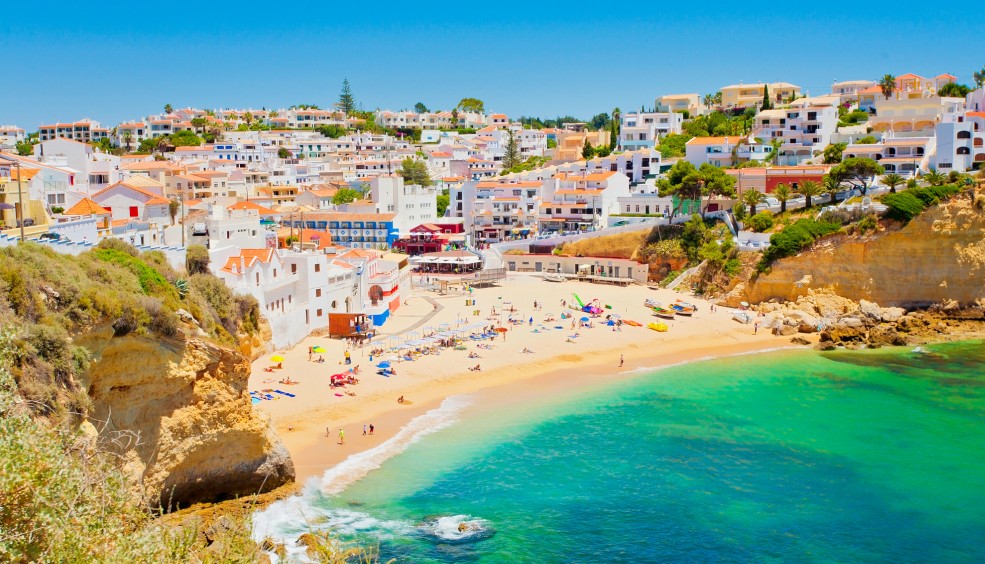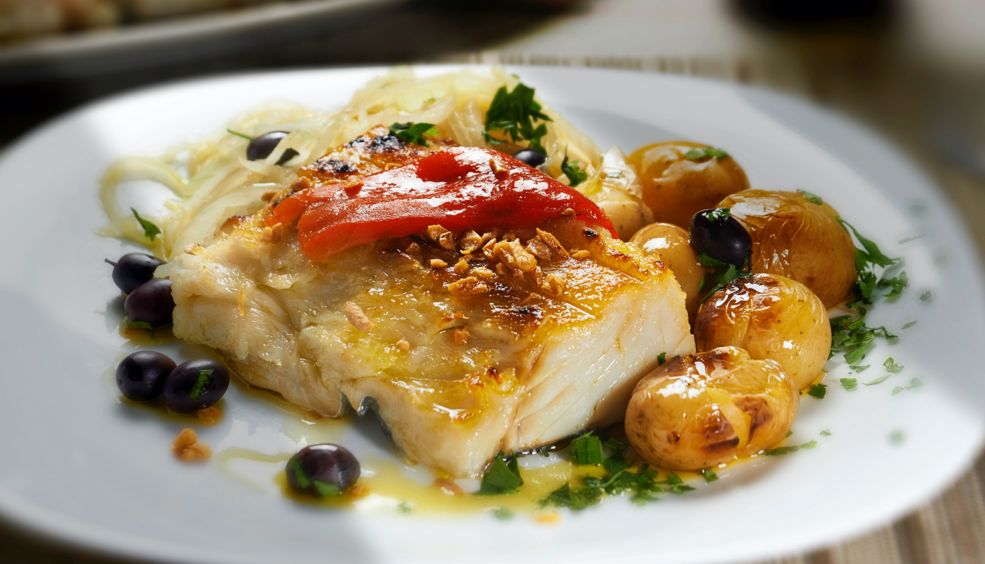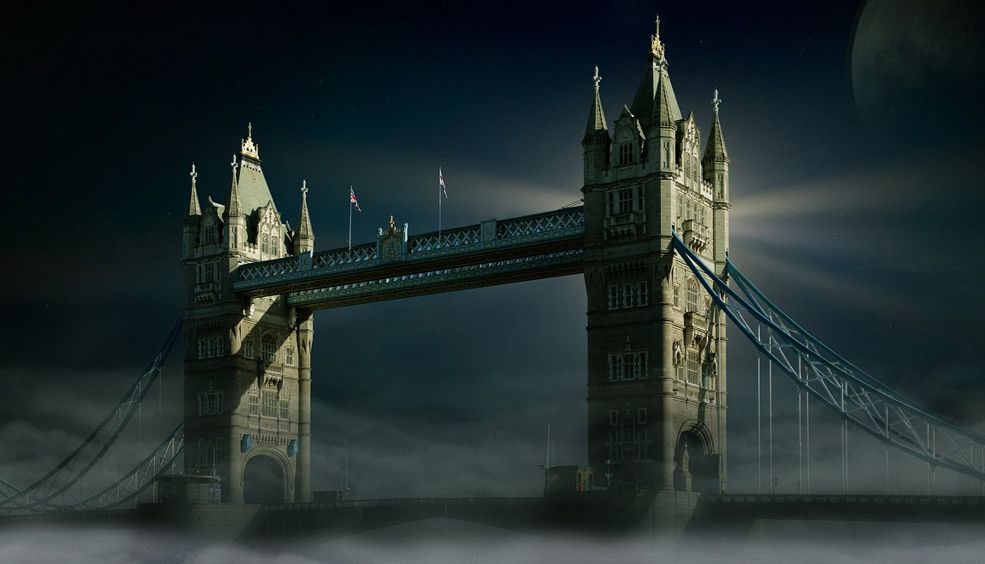7 cheap destinations to enjoy before summer arrives
Do you fancy going away before the official summer holidays, to beat the crowds? Make a note of these ideas.
more infoGASTRONOMY IN PORTUGAL: A USEFUL LITTLE GUIDE ON THE SECRETS OF COD
Cod is a major institution in Portugal. Across the length and breadth of the country, you'll find it on every menu every day. Which is why we've prepared a useful little guide to help you learn more about this fish, including its history as well as the cultural and gastronomic aspects. And make no mistake… you'll be licking your fingers!
more infoEnjoy the spookiest Halloween ever. The best destinations in Europe!
Celebrate Halloween in one of the cities that we suggest in this post. If you love dark tourism and all things spooky, don’t miss these fang-tastic plans for 31 October (and the days around it!).
more infoA Good Shot of Art Nouveau in Brussels
Brussels may rightly pride itself on having a large number of Art Nouveau buildings, a veritable pole of attraction for anyone visiting the city. Indeed, the Belgian capital was one of the focal points where this art movement emerged in the late-19th- and early-20th century. Art Nouveau ended up permeating all artistic disciplines, from architecture to sculpture, painting, furniture design, jewellery and graphic design, among others.
Modernism, which came to be known as Art Nouveau in France and Belgium, took its first few steps in Brussels in 1893 with the construction of the Tassel House, located at 6 Rue Paul-Emile Janson, designed by the architect Victor Horta. The idea was to then create a new style which involved breaking with the past by leaving behind the historicism which prevailed in architecture at the time and usher in another style which more accurately reflected the modern era. This break led to the rise of two trends in the city – the floral style, with forms inspired by nature, of which Victor Horta was the most prominent exponent, and the geometric, as championed mainly by the architect and designer, Paul Hankar.
The advent of this movement coincided with a time of growth in the city, when such districts as Schaerbeek, Etterbeek, Ixelles and Saint-Gilles were in the throes of urban renewal, so that many of the houses that went up in those areas were imbued with the new style. Some 500 buildings from that period have survived to the present.
The Major Landmarks
Among the must-see gems of Art Nouveau in Brussels are, in the first instance, the four buildings known collectively as the“Major Town Houses of Victor Horta in Brussels”,all of which were designated World Heritage Sites by UNESCO. They are as follows:
Tassel House. As mentioned above, it is regarded as the first manifestation of Art Nouveau in Brussels, as well as one of the first in the world to open up a new direction in contemporary architecture.
Hôtel Solvay. Located at 224 Avenue Louise, it is possibly one of the standout buildings of Belgian architecture. Its facade reveals the presence of glass, iron and natural stone, Victor Horta’s favourite materials.
Hôtel van Eetvelde. Edmond van Eetvelde, administrator of the Congo Free State, commissioned Victor Horta to design this town house with a view to providing a modern space for entertaining his visitors. Located at 4 Avenue Palmerston, it is striking for the innovative distribution of its interior spaces and for the stained-glass and mosaic ornamentation.
Maison & Atelier Horta. Converted into what is now the Horta Museum, this was the home of Victor Horta, built from 1898 to 1901. It comprises two independent buildings in that each has its own style, but they were conceptualised as a unified whole and are interconnected.
Another building that should feature on your itinerary through the Art Nouveau landmarks of Brussels is the Comics Art Museum. Built in 1906, apart from from being a compulsory place of pilgrimage for devotees of the ninth art, it is a magnificent example of Art Nouveau, the work of the iconic architect of the time in this city, Victor Horta.
Also make a point of visiting the Musical Instruments Museum, designed by the architect Paul Saintenoy and originally built as the Old England department store. And, wander down Rue Saint-Boniface, where you will come across five buildings designed by the architect Ernest Blérot at number 15, 17, 19, 20 and 22. And, lastly, we recommend you head for 71 Rue Defacqz, where you can admire the Paul Hankar House.
Now that you have some of the keys to discovering Art Nouveau in Brussels, book your Vueling here and get ready to enjoy it all.
Text by Los Viajes de ISABELYLUIS
Images by mertxe iturrioz, Arco Ardon , William Murphy , Steve Cadman, J. Miers
more info




